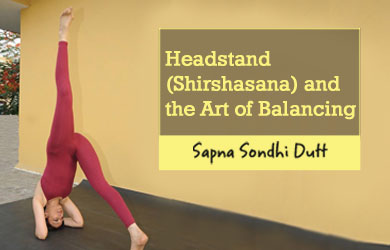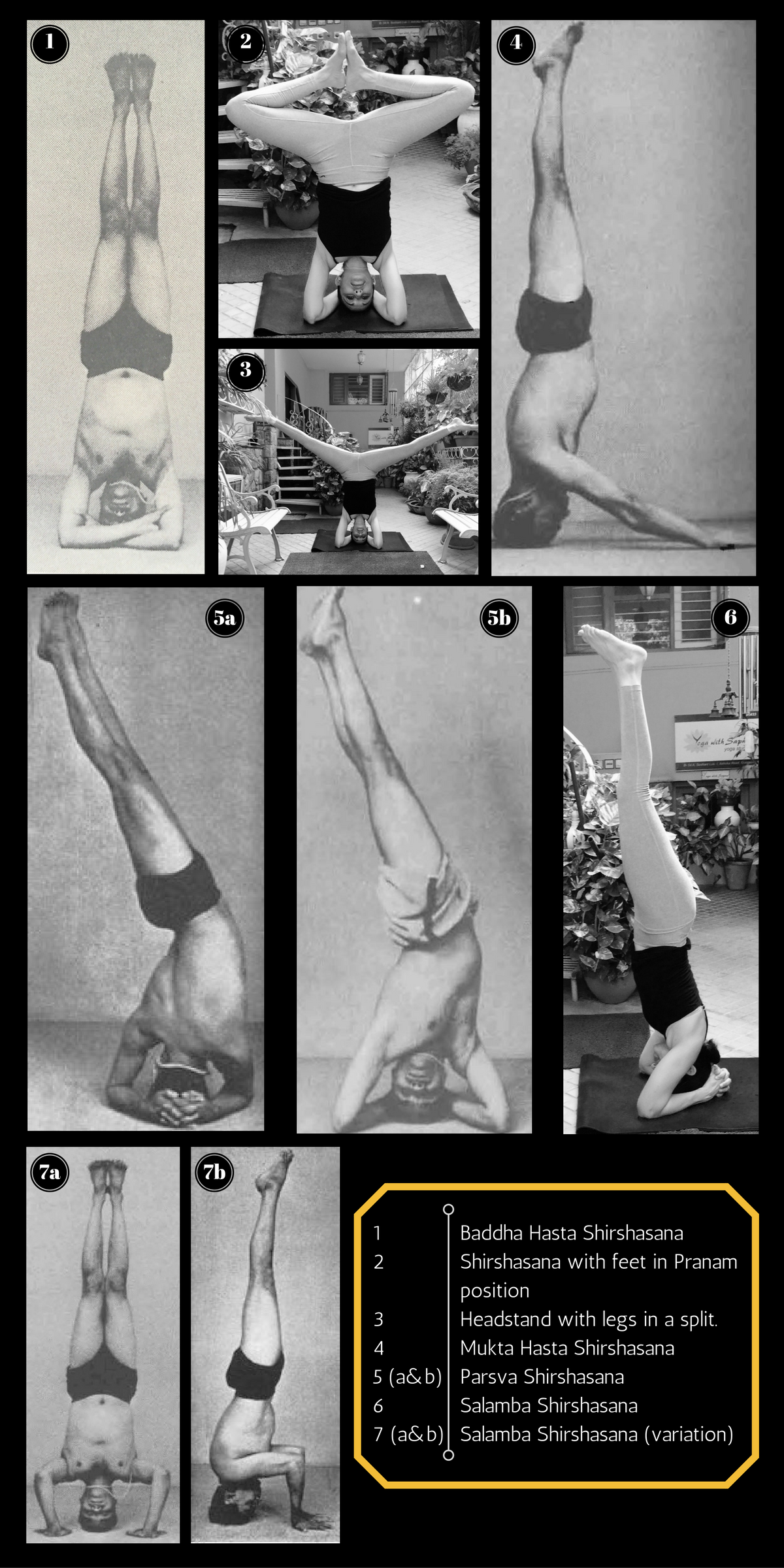
The art of yoga is being practiced since a long time and it has earned accolades due to the health benefits that it provides. Yoga not only has healing qualities but also helps in the enhancement of physical fitness. However, if some yoga poses are done incorrectly, they can be harmful to your body.
Hence, it is important to break-down and comprehend these poses, of which the significant one is the Shirshasana or the Headstand pose. In Yoga, this pose is popularly referred to as the “King of all yoga asanas” because of its many health benefits.
Shirshasana is great for increasing the flow of blood to the brain, building strength in the arms, shoulders, and core muscles. It also helps with increasing our energy, stamina, improving our sense of balance, helps us stimulate our sense organs, and accompanying side benefits like helping prevent hair loss.
However, many of us are afraid of being inverted because we feel too weak to balance on our heads or some of us are just not sure about practicing the headstand properly without hurting ourselves. And, this is prudent, because headstand should not be attempted by yoga beginners. We should reach a place in our yoga practice, where we feel that all parts of the body are strong and coordinate well with each other –then the whole body works together to lift easily into this full inversion.
Done incorrectly, the main danger is putting too much load on the neck muscles and really straining them or impinging some neck or cranial nerves.
Once you’re ready to begin attempting this posture, here are some steps to get you started on this amazing inversion so that you can master the pose and feel like a king
Preparing For The Shirshasana
Before we start attempting the headstand we need to work on building strength in the arms and upper body. We can start by doing the Dolphin Pose (Ardha Pincha Mayurasana), which is a great arm strengthening exercise.
Get on the mat on all fours. Next, place your forearms on the mat, keeping the fingers interlaced, and hands a little open. Keep your toes tucked under, and lift up your lower body to come to the forearm dog pose. Rocking forward, without bending the knees, bring your chin forward of the hands and just off the floor. Rocking back take the chin as far back as you can. Keep toggling between these two positions, exhaling as you come forward and inhale as you go back. Ensure that the forearms remain strongly pressed to the floor and don’t keep widening. (You can watch this exercise in my video given below.)
Rock forward and back 8-10 times. Then repeat it twice more. Continue this “key-exercise” daily. It will prepare your body for doing the headstand easily. You can try other poses like the Standing Forward Bend (Uttanasana) as well to prepare you for the final pose.
Doing the Shirshasana
If you are a beginner, it is recommended that you begin with the help of wall support. To practice headstand with wall support and to get into the unsupported headstand, please watch my video tutorial below.
Shirshasana Variations
When one has become adept at the basic headstand then we can move ahead and cautiously practice the different variations of Shirshasana, like Bound Hands Headstand (Baddha Hasta Shirshasana), Bound Angle Pose in Headstand (Baddha Konasana Shirshasana), Single Leg Head stand (Eka Pada Shirshasana), Free Hands Headstand (Mukta Hasta Shirshasana), Single Leg Revolved Headstand (Parivrttaikapada Shirshasana), Side Head stand (Parshva Shirshasana), Seated Angle Pose in Headstand (Upavistha Konasana Shirshasana), and Upward Lotus in Headstand (Urdhva Padmasana in Shirshasana).

Benefits of The Headstand
- It helps in keeping the mind calm and relieving stress instantly, as a result of the concentrated and very focussed and still body and mind. .
- Headstand can help us overcome mild depression, as the brain is infused with oxygen rich blood.
- The asana is responsible for strengthening the arms, to a great degree.
- It improves digestion
- Regular practice of the asana works on the reproductive system and helps cure infertility and helps to get relief from menstrual and menopause symptoms.
- It helps with the conditions of sinusitis and asthma.
- The organs get a break from the continuous pull down by the gravitational force.
- The sense organs are also nourished with copious amounts of rich blood.
- We develop physical balance as well as nervous stability.
- The blood usually pools in the lower lungs and so, during normal respiration the upper lungs get well aired out – now as we invert, the blood pools in the upper lungs and the lower lungs get a chance to get ventilated.
Preparatory Poses
- Sarvangasana
- Adho Mukha Svanasana
- Uttanasana
Precautions.
- The beginner’s tip for doing the Headstand includes the practicing of this posture against a wall. This prevents us from putting too much stress on the neck and head.
- Do not begin practicing this posture till your arms feel strong, and back feels steady.
Medical Precautions:
- If you have low blood pressure then do not start your practice with this pose. Warm up first.
- It is not prudent to practice this stance when pregnant, unless you are very accomplished in doing this posture prior to the pregnancy.
- This posture ought not to be performed during menstruation.
- Do not practice this pose if you have back or neck problems, cerebral pain, hypertension, a low pulse, or if you have a heart condition.
- Consult a doctor before beginning an exercise regime
Conclusion
If you want to have stronger arms and shoulders, then Shirshasana is one of the best strategies for getting there. As you do the headstand, you will be building stamina and muscles in the arms, neck, and shoulders. Make sure the weight is minimal on the neck.
Regular practice of the pose helps us become balanced and self-reliant in pain and pressure, loss and gain, shame and fame, and defeat and victory. Just do not forget to breathe, be patient, and have fun. The pose will come to you when you are ready. Enjoy the journey!